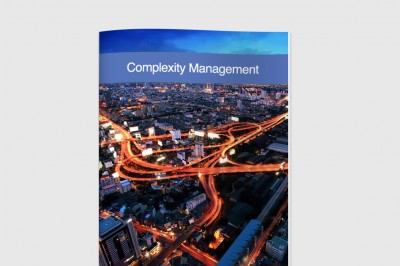System Dynamics An Overview
The emphasis within the systems and complexity paradigm is on local interactions and how this gives rise to the emergent macro-level phenomenon of the state to the whole organization. System dynamics is one modeling language from systems theory that is used in the management of large complex systems in order to try and capture these local causal links and how their interactions over time give rise to long-term patterns of behavior. System dynamics is a methodology and mathematical modeling technique to frame, understand, and discuss complex issues and problems. Originally developed in the 1950s to help managers improve their understanding of industrial processes, it is now being used throughout the public and private sector for dealing with large complex projects, such as for macroeconomic analysis, military interventions or environmental policy modeling.
System dynamics is a holistic approach in nature. In our analysis, we often focus on discrete events, like watching the news every night where the presenter simply describes what happened. But of course, if we really want to understand something like why a dictatorship fell or the price of biogas is going up or why a large organization like Nokia was incapable of responding to the changing market, we can’t simply do this by describing what happens. We need to understand the dynamics behind these events; what is really driving the system. And this is what systems thinking is about, trying to get behind events to see what is truly causing them.
In this paper, we will give a brief overview of system dynamics, a systems-based approach to modeling complex organizations that is focused on feedback loops and the dynamic patterns of behavior they give rise to. We talk about positive feedback as a self-reinforcing cycle of interdependency that can create virtuous or vicious cycles. Negative feedback that functions as a balancing mechanism to maintain stability and control within the system. We discuss leverage points as critical points within the organization where you can have a large systemic effect by altering the connections, information flow or the paradigm used.










